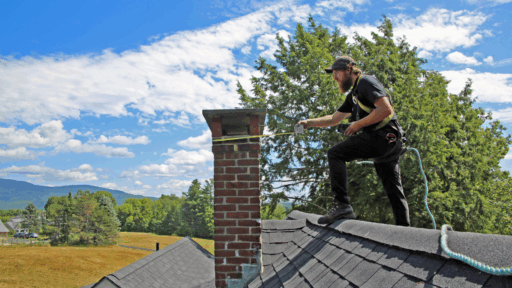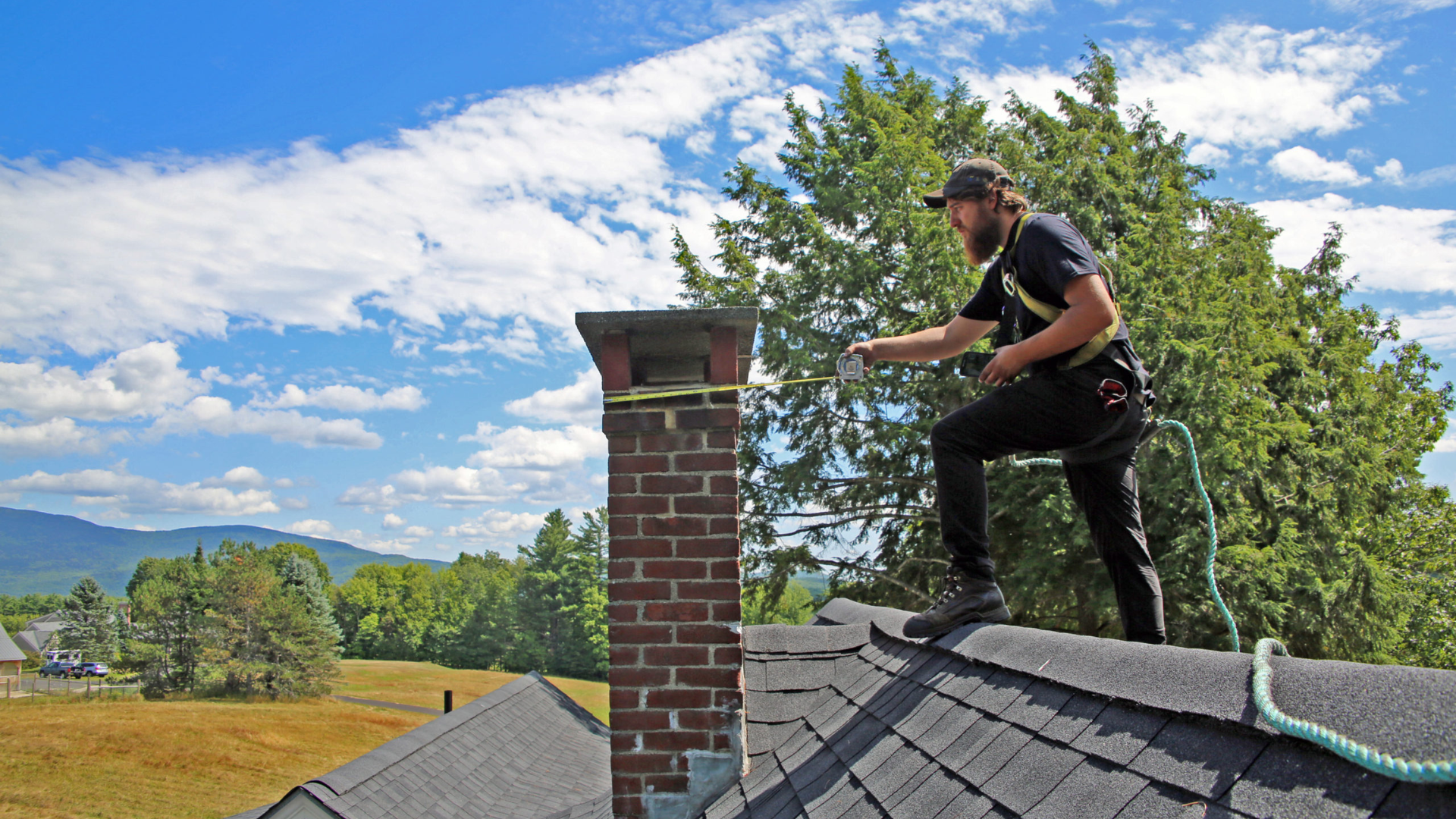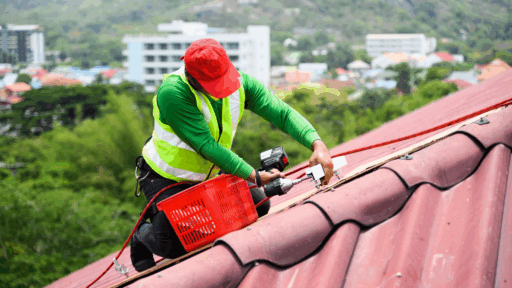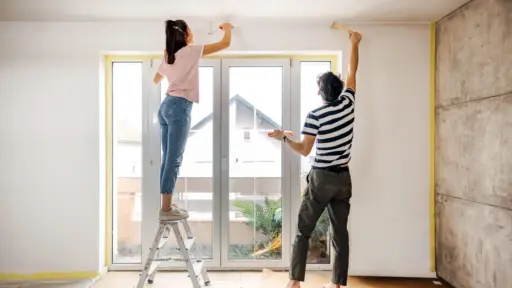Have you noticed your chimney tilting or leaning a bit more each year? You’re not alone. Many homeowners across neighborhoods and communities deal with this problem.
I’ve had my own run-in with a leaning chimney, and like many others, I didn’t know where to start. That’s why I wrote this, to help you understand what’s going on, what others have done, and what might work best for your home.
This guide is full of real stories, common repair solutions, expert tips, and easy-to-understand advice.
If you’re wondering if you need to panic or just patch it up, you’ll find answers here. You’ll also see what worked (and what didn’t) for others who faced the same issue.
Let’s walk through everything together, from spotting early signs to long-term fixes. Whether you’re planning to DIY or hire help, this will make the process easier and less scary.
What Causes a Chimney to Lean?
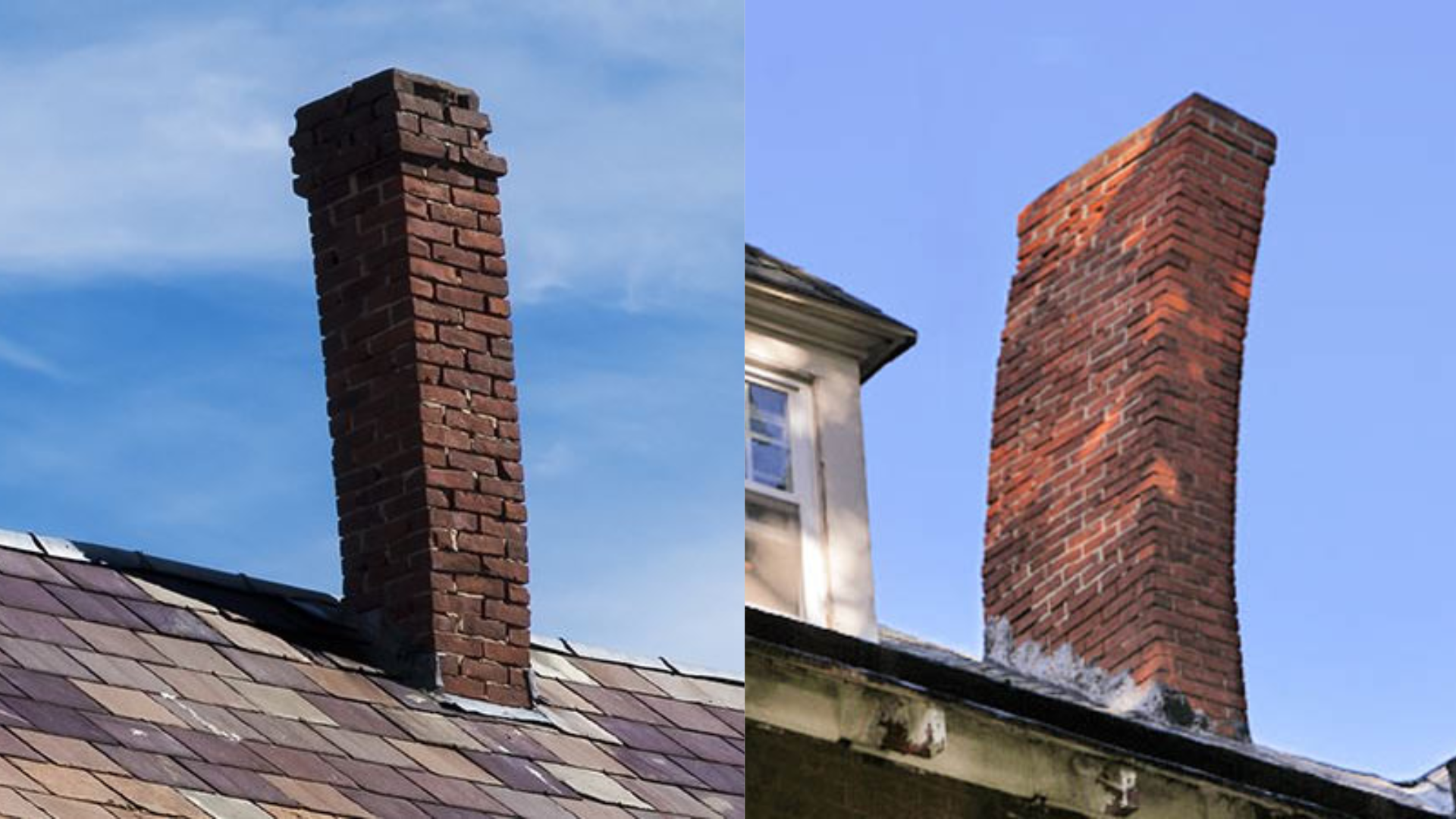
There are a few main reasons chimneys start to lean. Knowing the cause helps you choose the best repair.
1. Soil Shifting or Foundation Problems
When the ground beneath a chimney moves or settles unevenly, it can cause the entire structure to tilt.
This usually happens in areas with clay soil, loose fill, or after heavy rains. The foundation loses support, and the chimney starts to lean outward or pull away from the house.
2. Poor Construction or Weak Support
If a chimney doesn’t have a strong base or wasn’t built correctly, it may not stand the test of time.
Mistakes during construction, like shallow footings or weak mortar, can make it more likely to lean as the years go by, especially if the house settles unevenly.
3. Earthquakes or Storm Damage
Natural disasters like earthquakes, tornadoes, or strong windstorms can shift or crack the chimney’s foundation.
Even if damage isn’t visible at first, repeated shaking or pressure can cause the structure to lean slowly over time. A post-storm inspection can catch problems early.
4. Water Damage
Water is a sneaky cause of chimney trouble. Rain or snow that seeps into cracks can freeze and expand, damaging bricks and mortar.
Over time, this leads to uneven pressure and movement. Without regular sealing or maintenance, even small water leaks can cause serious structural issues.
Signs Your Chimney Might Be Unsafe
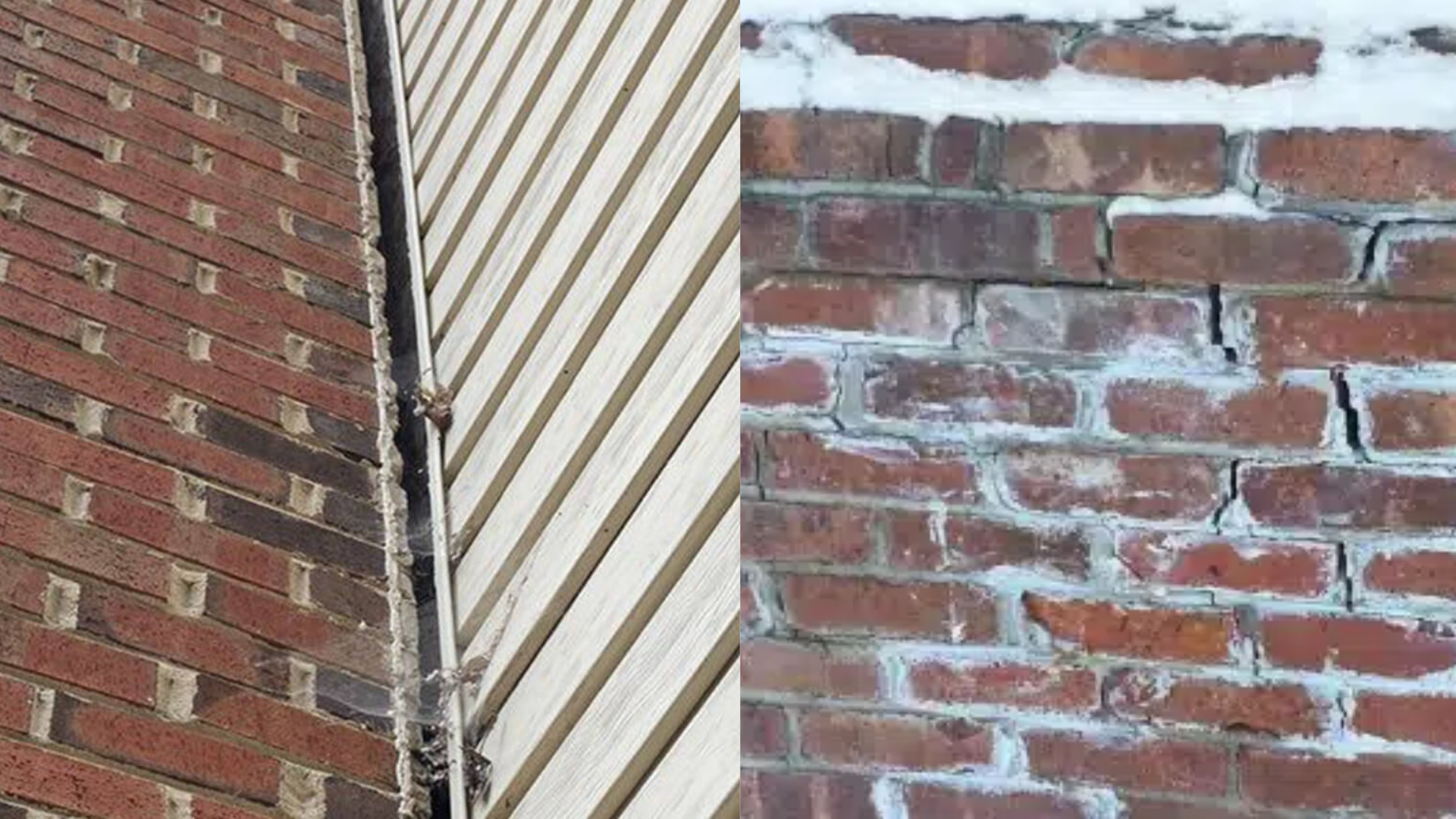
A leaning chimney isn’t always just a cosmetic issue. Often, it’s a sign of deeper structural problems. Catching these early warning signs can help you avoid expensive repairs or safety hazards.
1. Visible Leaning
If your chimney looks like it’s tilting or standing at an odd angle, that’s a clear sign of trouble. Even a small lean can get worse over time and cause serious damage.
It may also mean the base is shifting or the soil underneath is unstable. Don’t wait, have it checked before it causes a roof or wall issue.
2. Gaps Between the Chimney and the House
A growing gap between your chimney and the side of your home means the chimney is pulling away. This can be caused by shifting soil or a weak foundation.
If you can see daylight or feel air between the two, it’s time to call a professional. The bigger the gap, the more urgent the problem.
3. Cracks in the Bricks or Mortar
Cracks in bricks or mortar might look small, but they often point to bigger issues. Horizontal, diagonal, or stair-step cracks usually mean the chimney is shifting or sinking unevenly.
These cracks allow moisture inside, which can make the problem worse. Watch closely; if cracks keep growing, the chimney may be moving faster than you think.
4. Interior Cracks Near the Fireplace
Don’t just check outside. Cracks around your fireplace, mantle, or nearby walls can also mean the chimney is shifting. As the foundation moves, the stress shows up inside your home.
These cracks may start small but grow over time, signaling that the issue is not just on the surface. It’s a red flag for structural movement.
How to Repair a Leaning Chimney
Repairing a leaning chimney depends on what’s causing the problem. If the issue is with the foundation, one of the most common and effective fixes is installing helical piers or steel supports under the base to stabilize and realign it.
For upper chimney damage, like leaning above the roofline, contractors may remove and rebuild the affected portion with fresh bricks and mortar.
If the mortar joints are worn but the chimney is still straight, tuckpointing can restore its strength.
In less severe cases, bracing the chimney to the wall or adding support at the roofline can prevent further leaning, although it may not be a permanent solution.
The first step is always a full inspection by a chimney specialist or structural engineer. They’ll assess the damage, check the soil or footing, and recommend the best approach.
Each home is different, so your repair plan should fit your chimney’s unique condition.
Common Leaning Chimney Repair Options
When I was trying to figure out the best way to fix my chimney, comparing repair methods side by side really helped. This table gives a quick look at common solutions, when to use them, what they might cost, and how long they’ll last.
| Repair Method | When to Use | Cost Level | Long-Term Solution | Notes |
|---|---|---|---|---|
| Helical Piers/Steel Supports | Soil or foundation movement | $$$ | Yes | Ideal for clay or shifting soil areas |
| Rebuilding/Tuckpointing | Minor leaning or brick/mortar damage | $$ | Sometimes | Best when damage is above the roofline |
| Chimney Bracing | Slight leaning without deep structural issues | $ | No | Temporary fix; should be paired with other repairs |
| Underpinning | Deep foundation issues affecting the house + chimney | $$$$ | Yes | Most involved and expensive option |
Can You Fix a Leaning Chimney Yourself?
In some cases, fixing a leaning chimney yourself might be possible, especially if the problem is minor.
DIY repair could work if the lean is very small (less than 1 inch), if you’re only dealing with a few loose bricks or minor mortar damage, and if you have some basic masonry skills.
However, more serious issues usually require professional help. If you notice a visible gap between the chimney and the house, have deep foundation problems, or see cracks that keep getting worse, it’s time to call a pro.
You should also seek help if the chimney is leaning more than 1–2 inches. Ignoring these warning signs or trying to fix them on your own can lead to bigger, more expensive problems down the road.
What People Are Saying: Community Advice on Chimney Repairs
Homeowners often turn to online communities to share their experiences and get advice about leaning chimney repairs.
Small DIY repairs are possible, but risky for major issues. Many people mention success with patching small cracks or resetting loose bricks.
However, once a chimney leans more than an inch or shows signs of deeper structural damage, most agree it’s safer and more effective to hire a professional.
Improper DIY fixes can make the problem worse. Some homeowners tried using jacks, wood supports, or makeshift materials, only to find the chimney continued to lean or even crack further.
Permits are often required for major repairs. Across different states and local areas, users frequently report needing city permits when repairs involve the foundation, significant reconstruction, or external stabilization work.
City inspectors or engineers may be needed. Several homeowners shared that they had to pause or delay repair work until a city inspector or structural engineer reviewed the situation.
Insurance companies may not cover unapproved work. If repairs are done without proper permits or inspections, claims related to the chimney may be denied later on, leaving the homeowner responsible for all costs.
Preventing Chimney Problems in the Future
A little maintenance goes a long way in keeping your chimney safe and straight. Regular care helps you catch small issues early before they turn into expensive repairs.
- Keep Gutters Clean: Water can erode soil around the base of your chimney. Clean gutters and downspouts direct rainwater away from your home’s foundation, reducing pressure on the chimney.
- Watch for Cracks: Inspect the bricks and mortar for any small cracks. These may seem harmless, but they often grow with time. Sealing or repairing them early prevents water damage and structural weakening.
- Check Annually: Schedule a yearly inspection with a mason or chimney specialist. Many offer free or low-cost checks. A regular look can help you spot early signs of leaning or wear.
- Seal the Chimney Crown: The crown is the top cement part of the chimney. If it’s cracked, water can seep inside and freeze, leading to internal damage. Sealing the crown keeps water out.
- Install a Chimney Cap: A chimney cap keeps rain, snow, debris, and animals out. It’s a simple, low-cost addition that helps prevent moisture problems and blockages.
- Monitor Nearby Trees: Tree roots can shift soil, and nearby branches can damage the structure during storms. Trim large branches and monitor root growth near the chimney area.
- Ensure Proper Drainage Around the House; Make sure your yard slopes away from your home. Poor drainage allows water to collect near the foundation, which can lead to settling and chimney movement.
Conclusion
If you’re dealing with a leaning chimney, I get it – it’s stressful. I remember feeling overwhelmed when I saw the bricks pulling away from the house.
I didn’t know what to do at first, but after asking a neighbor, doing some research, and calling in a pro, we got it fixed. Now I don’t worry every time it rains or snows.
You don’t need to be an expert – you just need to take that first step. Maybe it’s checking for cracks or reaching out for a quote. The sooner you act, the better.
Have you had to fix a leaning chimney? I’d love to hear your story. Leave a comment and share what worked for you. Your experience might help someone else figure out what to do.
And if you’re just starting out, stay calm and take it one step at a time. You’ve got this.

